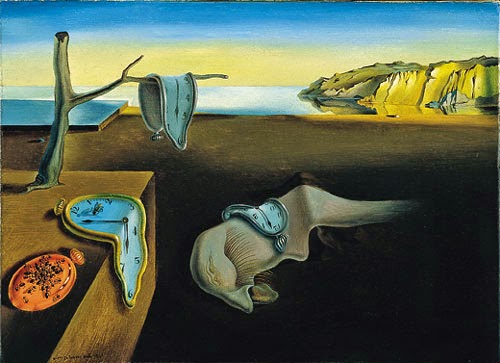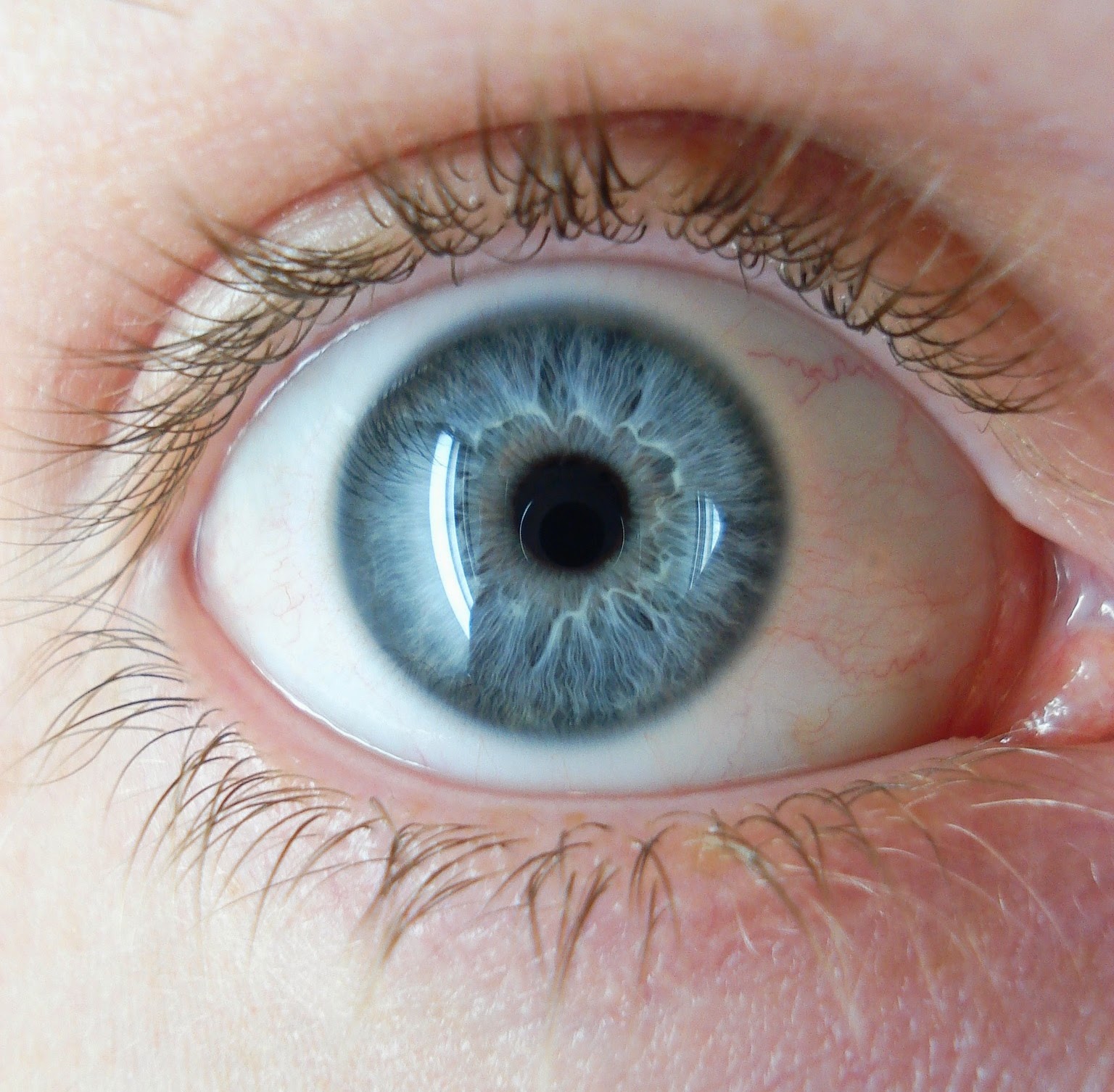 |
| Robert Crumb's "Short History of America" - 1979 |
Robert Crumb's comic panels focus on a view of a patch of land, each panel having either a major or minor change, based around what could of happened with in what time frames he's wanted to show us. Many of his pieces have one large jump in showing time were a road or path my pop up, followed by smaller changes like lampposts or gas stations; and yet that is a small enough feature to show a rough time setting for just one panel.
Another example was Martin Creed's short film/music video "Thinking// Not Thinking" in which 2 dogs, one small and one medium walk back and forth, sometimes overlapping sometimes alone in different directions but always ending from one side of the screen to another. The small dog in this piece was to represent thinking, how it can be quicker to pass everything around it. However in this case, it also showed how scale can change through out, in moments the smaller dog is closer to the screen than the bigger dog, making the small dog, bigger and changing its state and scale. (You could also take it further and if you were to ad another animal next to the larger dog, the large dog would then become the small/medium animal in the piece.)
 Other examples of scale within art we was shown was things like scale with in a space using balloon's as 'sculpture' that takes on the shape of the room, the small scale balloon's them self become a large scale piece by taking the shape. This can mess with a persons emotions and vision when viewed from within, scary? Weird? Disorientating? Fun?
Other examples of scale within art we was shown was things like scale with in a space using balloon's as 'sculpture' that takes on the shape of the room, the small scale balloon's them self become a large scale piece by taking the shape. This can mess with a persons emotions and vision when viewed from within, scary? Weird? Disorientating? Fun?Chris Ware's Building Stories also explores people within scale, the stories of many people living within a apartment complex, The largest drawing in this series happens to be the smallest character; a baby. (Related note - The Walled City 'Kowloon', houses built and built up again)
~ ~ ~ ~ ~ ~ ~ ~ ~ ~ ~ ~ ~ ~ ~ ~ ~ ~ ~ ~ ~ ~ ~ ~
Pop culture can use scale for comedy, most noted through the famous Father Ted joke of "small or far away", Showing a small toy of a Cow vs the cow's in a near by field that just happen to look small because of where we are. This also happens to us in everyday life, all around us and often running in the background.
We also looked at the music video from Talking Head's Psycho Killer, in which was rather strange with messing with scale. It starts with the lead singer on a large stage, making him appear small in context but as the song carries on you hear a audience that seems to a large one at that, making you envision that the stage is in a larger area than we think, which in turn then makes the singer smaller again. The set behind him also is being built as the song goes on, which makes it strange as the stage is literally growing around the singer. Many of Talking Head's music videos play with the idea of scale, either them travelling in places (small or large) or a smaller scale thing again such as wearing oversized shirts or jackets.
Scale in terms of production value could be used as another example with two different versions of "Much Ado About Nothing". Joss Weden made a modern day version with actors he had worked with previously, asking them to take part for a favor and filmed entirely in his mansion within 12 days. Then we can look at a large budge movie, like the 1993 version which had many actors, customs and actors. The scale had be changed completely through almost every way possible, The location, The budget etc.
Some other things that were look at -
Venice Carnival - Anyone can be anyone for the day by wearing a mask
Cosplay - A modern-ish version (becoming someone different for the day through outfits)
Powers of Ten (1977)
Zoom out from the earth - Couple having a picnic seems medium/small scale untill you zoom out and see the town, city, nation, Earth, universe - Quick scale change until all people are small.
"The scale of the universe shows how quickly it changes"
Ways of Measuring Scale
Ladder of Scale :
Global
National
Regional
Urban
Body/Person
Small - Page
Medium - Stage
Large - Region
X Large - Nation/World
A Brief look at the Fibonacci sequence :

The Fibonacci sequence or the Golden Spiral is the idea that everything fits in a pleasing way to the eye, within this geological spiral.
 Almost everything seems to fit this sequence; Nature, Art and photography. Many artists use this when either painting or setting up a photograph to make sure the final outcome has a naturally pleasing composition.
Almost everything seems to fit this sequence; Nature, Art and photography. Many artists use this when either painting or setting up a photograph to make sure the final outcome has a naturally pleasing composition. 









.png)





.JPG)






























